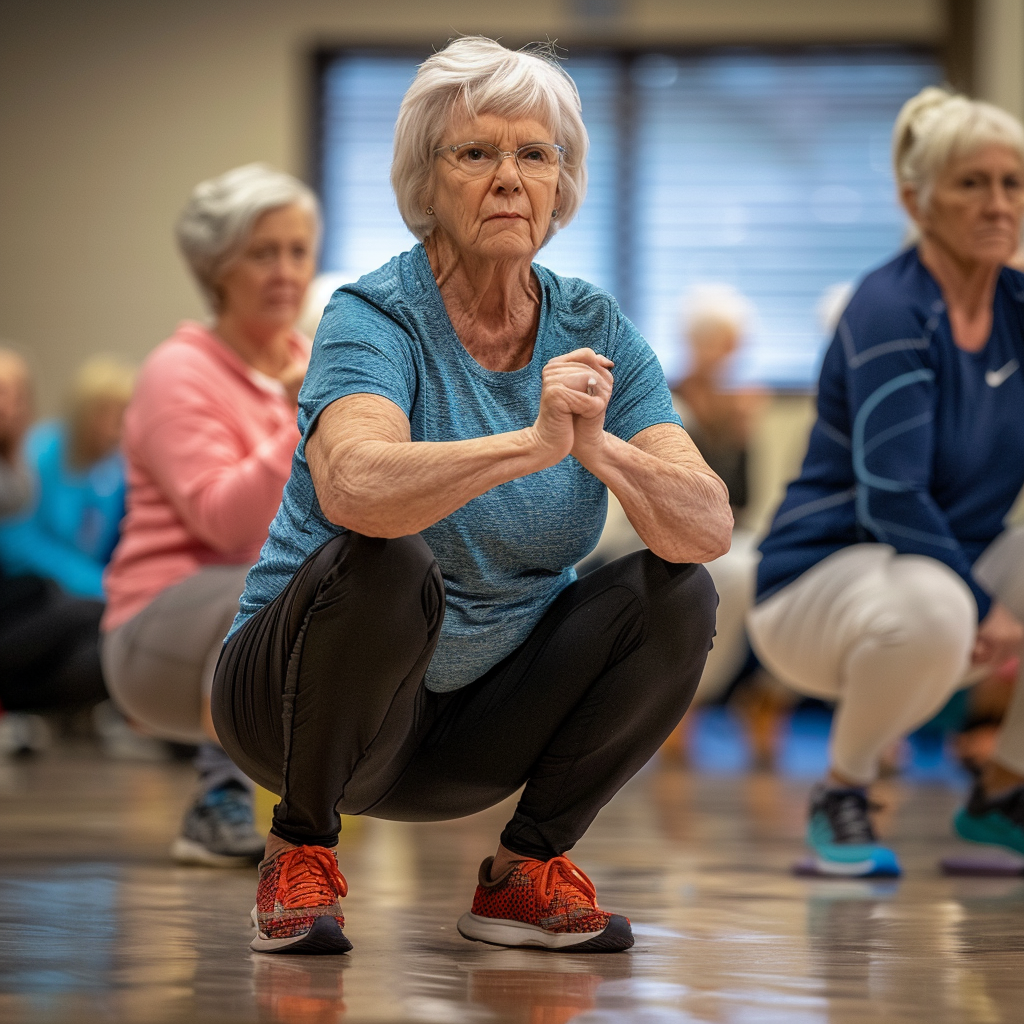Falls are a significant concern for seniors, often leading to serious injuries and a decline in overall health. As the population ages, it becomes increasingly important to address this issue proactively. Preventing falls not only enhances the quality of life for older adults but also reduces healthcare costs and alleviates the emotional burden on families.
Table of Contents
- Common Causes of Falls Among Seniors
- Assessing Fall Risks
- Strategies to Prevent Falls
- Technology Aids for Fall Prevention
- Role of Caregivers in Preventing Falls
Common Causes of Falls Among Seniors
Environmental Hazards
Poor Lighting: Inadequate lighting can make it difficult for seniors to see obstacles or changes in floor levels.
Clutter and Obstacles: Items left on the floor, such as shoes, rugs, or electrical cords, can easily trip someone.
Slippery Surfaces: Wet floors in bathrooms or kitchens pose a significant risk.
Medical Conditions
- Chronic Illnesses: Conditions like arthritis, diabetes, and heart disease can affect balance and mobility.
- Vision Impairments: Reduced vision from cataracts or glaucoma makes it harder to navigate spaces safely.
- Cognitive Decline: Dementia and other cognitive impairments increase the likelihood of falls due to confusion or disorientation.
It is best to consult regularly with a medical professional in order to minimize these risks.
Medication Side Effects
Dizziness & Drowsiness: Certain medications cause dizziness or drowsiness which affects coordination.
Blood Pressure Medications: These can lead to drops in blood pressure when standing up quickly (orthostatic hypotension), which can cause dizziness and blurred vision.
Assessing Fall Risks
Home Safety Evaluations
Professional Assessments: Hiring a professional to conduct a home safety evaluation can identify potential hazards and suggest modifications.
DIY Checklist: Families can use checklists to spot common risks like loose rugs, poor lighting, or uneven flooring.
Health Screenings and Check-ups
Regular Doctor Visits: Routine medical check-ups help monitor chronic conditions that may contribute to falls.
Vision and Hearing Tests: Regular eye exams ensure vision issues are addressed promptly. Similarly, hearing tests can detect impairments that affect balance.
Strategies to Prevent Falls
Environmental Modifications
- Improving Lighting: Ensure all areas, especially staircases and hallways, are well-lit. Use night lights in bedrooms and bathrooms.
- Removing Clutter and Obstacles: Keep walkways clear of clutter such as shoes, books, or electrical cords. Secure loose rugs with non-slip backing or remove them entirely.
- Installing Grab Bars and Handrails: Place grab bars in the bathroom near toilets and showers. Install handrails on both sides of stairs for additional support.
A secure living environment, whether at home or an assisted living center, will go a long way toward reducing the danger of falls.
Physical Fitness
- Strengthening Exercises: Engage seniors in exercises that build muscle strength, particularly in the legs. Weight-bearing activities like walking or resistance training can be beneficial.
- Balance Training: Activities such as tai chi or yoga improve balance and coordination. Balance exercises should be a regular part of an older adult’s fitness routine.
- Flexibility Routines: Stretching exercises help maintain flexibility which is crucial for preventing falls caused by stiffness.
Maintaining physical fitness will not only help prevent falls, but also raise the chances of falling correctly (dues to the body being strong and flexible) should a fal happen.
Medical Management
Regular Vision and Hearing Checks: Schedule frequent eye exams to update prescriptions for glasses if needed. Similarly, hearing tests ensure auditory issues do not contribute to imbalance.
Reviewing Medications with Healthcare Providers: Have healthcare providers review all medications periodically to manage side effects like dizziness or drowsiness that could increase fall risk.
Technology Aids for Fall Prevention
Wearable Devices
Fall Detection Systems: Wearable devices like smartwatches or pendants equipped with fall detection technology can alert caregivers or emergency services immediately when a fall occurs.
Activity Monitors: These devices track daily activity levels and provide insights into movement patterns, helping to identify periods of inactivity that might signal increased fall risk.
Smart Home Solutions
Smart Lighting: Automated lighting systems can ensure well-lit pathways during the night. Motion-sensor lights are particularly useful in hallways and bathrooms.
Voice-Assisted Technology: Voice-controlled assistants (like Amazon Alexa or Google Assistant) allow seniors to control various home functions without needing to move around unnecessarily, reducing the risk of falls from overexertion.
Role of Caregivers in Preventing Falls
Supervision Techniques
Regular Monitoring: In assisted living centers such as Courtyard Gardens Senior Living, caregivers can regularly check on residents to ensure they are safe and assist them with daily activities that may pose fall risks.
Personalized Care Plans: Developing individualized care plans based on each resident’s specific needs and risk factors helps address unique vulnerabilities. This includes tailored exercise programs or scheduled medication reviews.
Communication Tips
Open Dialogue: Encourage open communication between residents, their families, and staff about any concerns related to mobility or potential hazards. Residents should feel comfortable reporting difficulties without fear of losing independence.
Educational Workshops: Conduct workshops for both caregivers and residents focusing on fall prevention strategies. Topics might include the importance of physical fitness, how to use assistive devices properly, and recognizing early signs of health issues that could lead to falls.


